Secure Crypto Storage
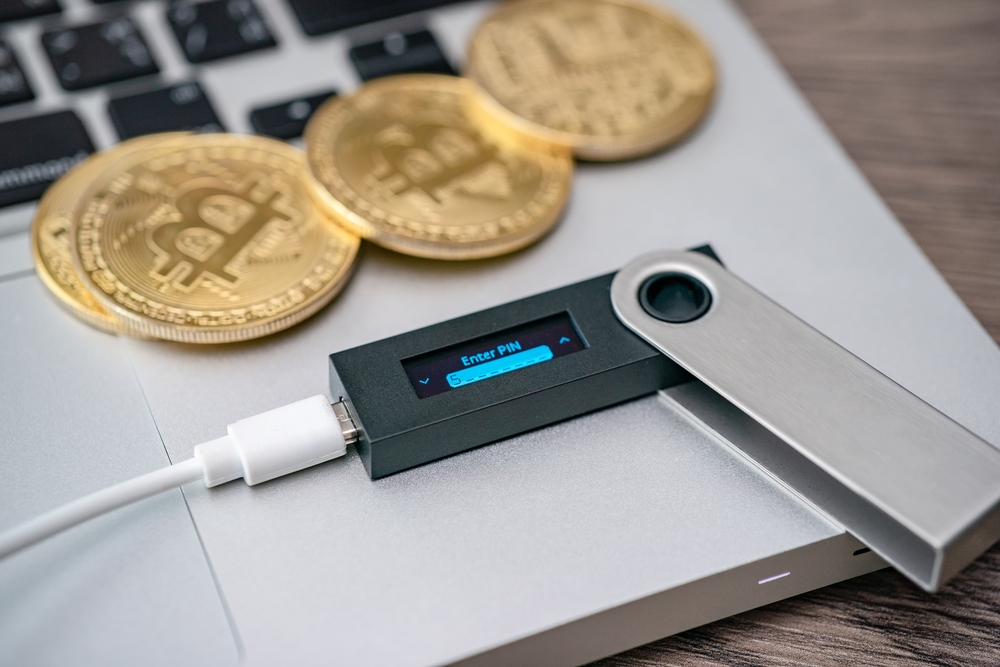
Ever wonder what’s the safest way to store your cryptocurrencies? With rising cyber risks, securing your digital assets becomes crucial to avoid losing your hard-earned crypto. Cryptocurrency storage can be risky: hacks, phishing scams, malware, and human error all pose serious threats, making it easy to lose what you’ve worked so hard to earn. But fear not; there are robust solutions to keep your crypto safe. Hardware wallets, like Ledger and Trezor, offer offline security, while software wallets provide a balance of convenience and protection. Cold storage keeps your keys completely offline, and multi-signature wallets require multiple approvals, adding an extra layer of security. Curious about which method suits you best? Stay tuned as we break down your options.
Understanding the Risks
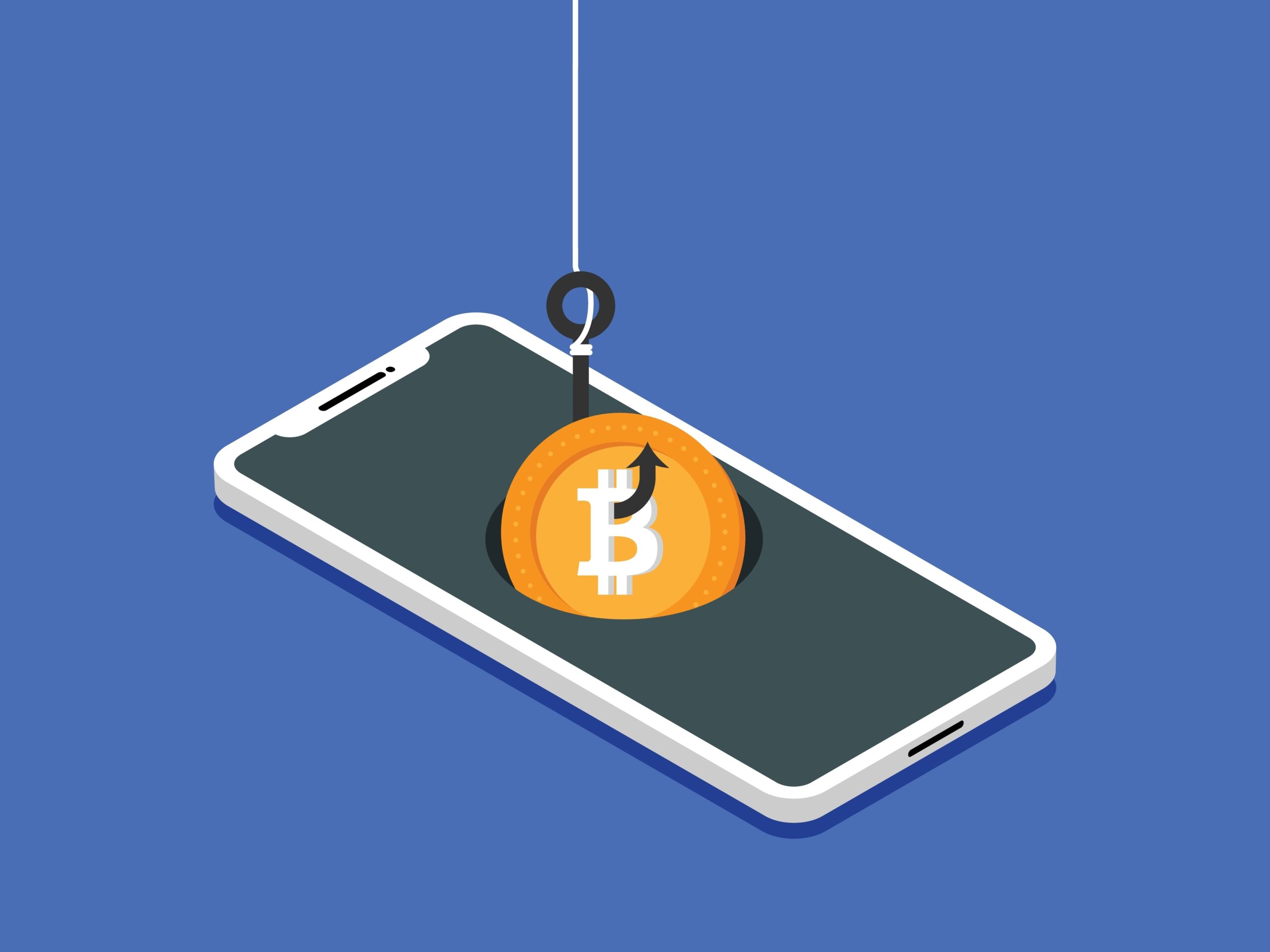
Cryptocurrency storage can be a risky business. Let’s take a look at some common threats and what makes crypto storage vulnerable:
- Hacks and Cyber Attacks: Cybercriminals are relentlessly targeting crypto wallets and exchanges. According to a report by CipherTrace, in 2019 alone, hackers stole over $4 billion worth of cryptocurrencies.
- Phishing Scams: Fake emails or websites trick you into revealing your private keys or recovery seed phrases.
- Malware: Malicious programs can install themselves onto your devices and capture keystrokes or take screenshots to steal sensitive information.
- Human Error: Misplacing private keys or falling for simple scams can lead to irrecoverable losses.
Finding the Best Storage Solution
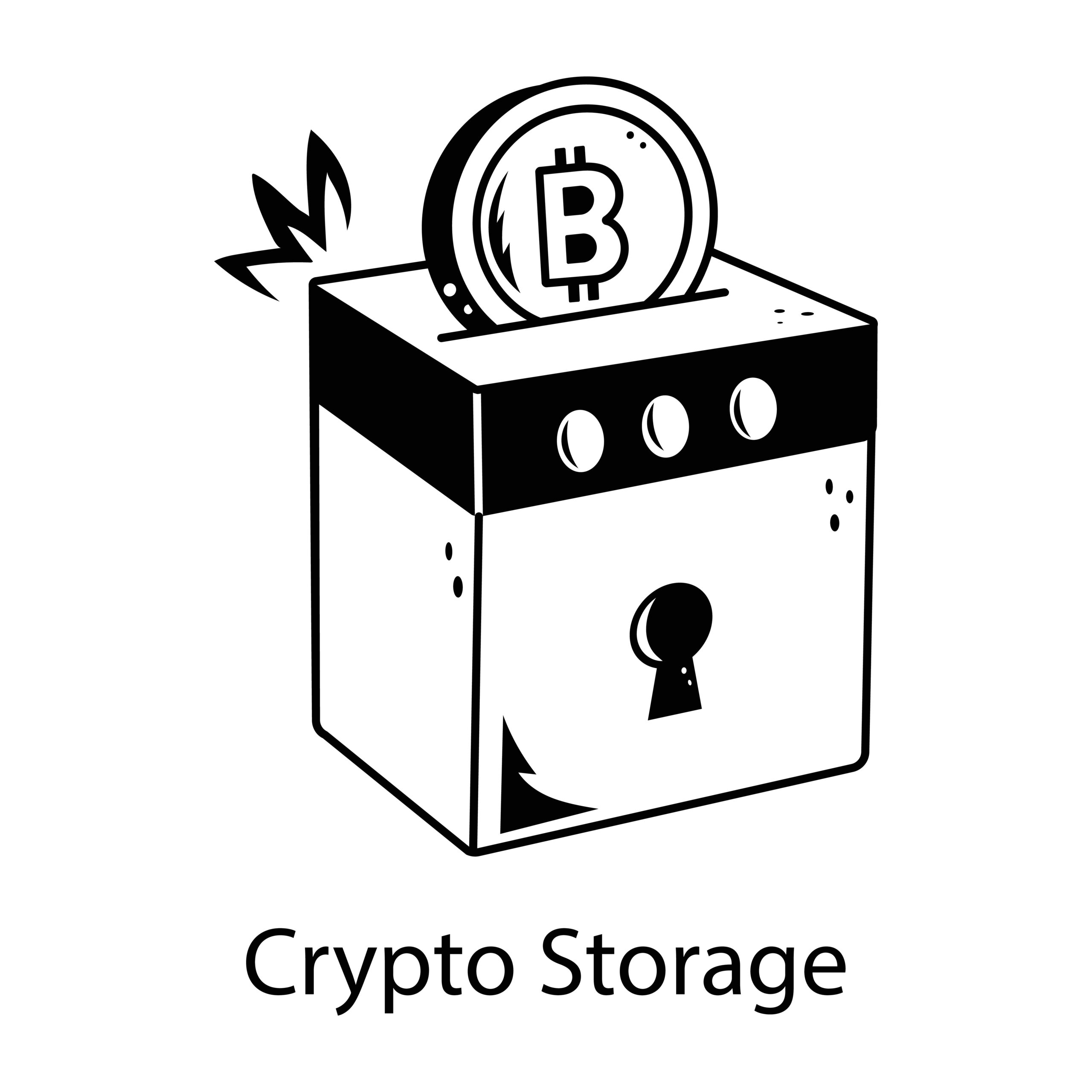
Fear not, there are robust solutions to safeguard your crypto. Let’s explore the best methods to keep your assets secure, whether you’re a newbie or a seasoned investor:
- Hardware Wallets: Physical devices like Ledger and Trezor store your private keys offline, offering enhanced security against online attacks.
- Software Wallets: Accessible through your computer or phone, options like Coinbase Wallet provide a good balance of security and convenience.
- Cold Storage: A method where private keys are stored in an air-gapped environment, far from online threats.
- Multi-Signature Wallets: Require multiple approvals before a transaction is completed, adding an extra layer of security.
Now that we’ve set the stage, ever wondered which type of crypto wallet would be the best fit for you? Stay tuned as we break down the different types of crypto wallets in our next section.
Understanding Different Types of Crypto Wallets
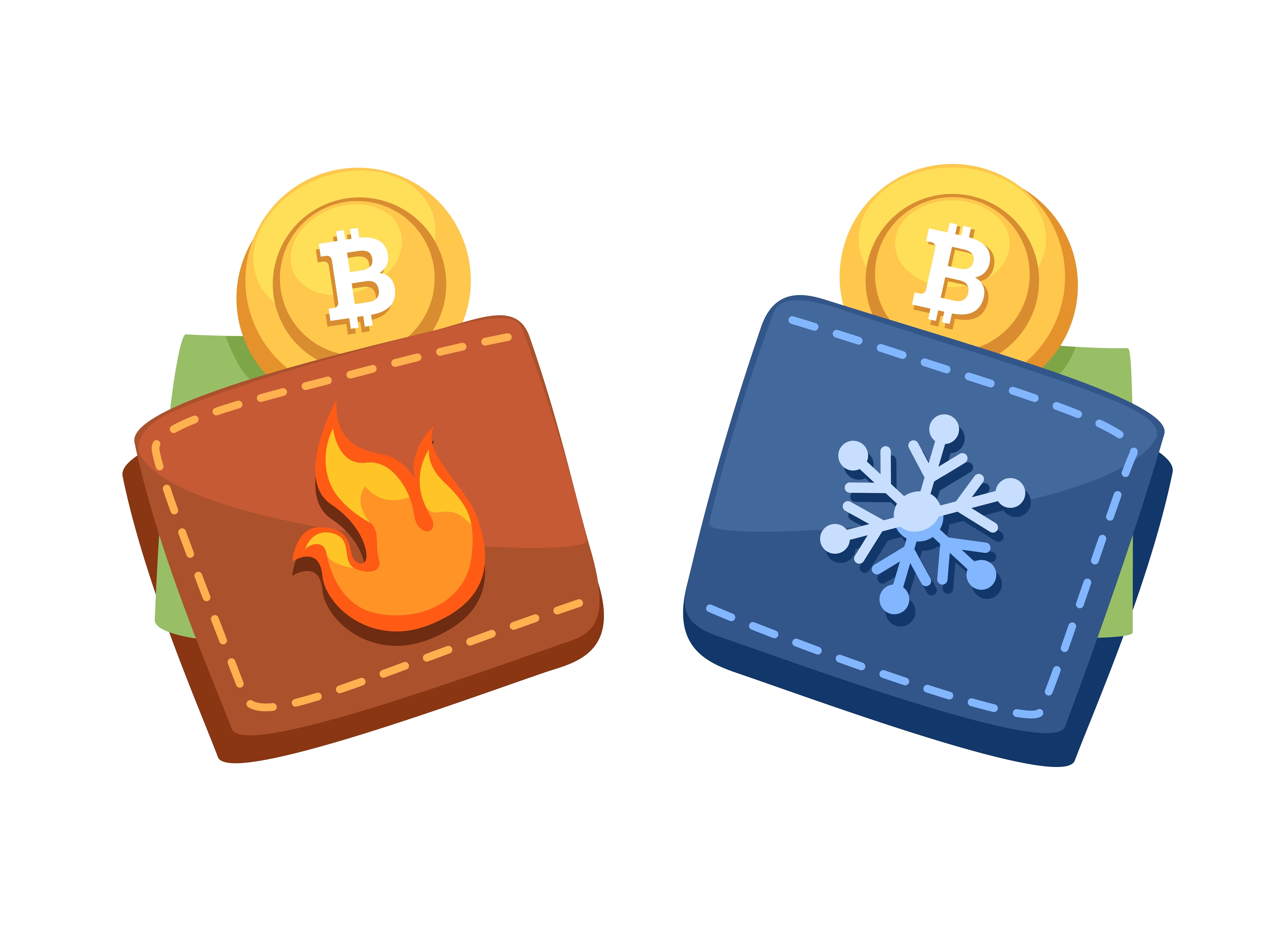
When it comes to storing your cryptocurrencies, not all wallets are created equal. Different types of wallets offer various levels of security and convenience. Let’s take a closer look at your options:
Hardware Wallets
Hardware wallets are physical devices that store your keys offline. Think of them as the digital vaults of the crypto world. Some popular options include Ledger and Trezor. Here’s why they’re highly trusted:
- Offline storage: Your keys are stored offline, making it almost impossible for hackers to access them.
- Secure authentication: To use your crypto, you need to physically connect the device to your computer or phone and authenticate the transaction.
- User-friendly: Contrary to what many believe, these devices are incredibly user-friendly. Most come with step-by-step guides to get you started quickly.
“In the world of cryptocurrencies, hardware wallets are akin to the Fort Knox of digital asset storage.”
Software Wallets
Software wallets are apps you can install on your computer or phone. Some well-known examples are Coinbase Wallet and Exodus. They strike a balance between security and convenience:
- Easy access: You can access your crypto anytime, anywhere.
- Enhanced features: Many software wallets offer additional features like crypto swapping and staking.
- Security: While not as secure as hardware wallets, they still offer decent protection with encryption and two-factor authentication (2FA).
Paper Wallets
For those who lean towards an old-school approach, paper wallets offer a unique, highly secure method if done correctly. Basically, you generate a private and public key offline and print them on a piece of paper. Here’s why it’s a viable option:
- Total offline storage: No digital footprint means drastically reduced hacking risk.
- Free to use: No need for hardware or software purchases.
- Simple and effective: If kept in a safe place, paper wallets can be exceptionally secure.
Although each wallet type has pros and cons, finding the right fit depends on your needs and how you plan to use your crypto. Feeling overwhelmed? Don’t worry. I’ll make it simpler in the next section where I’ll dive into why hardware wallets are the gold standard for crypto security. Ready to unlock the secrets of hardware wallets? Stay tuned!
Why Hardware Wallets are Highly Recommended
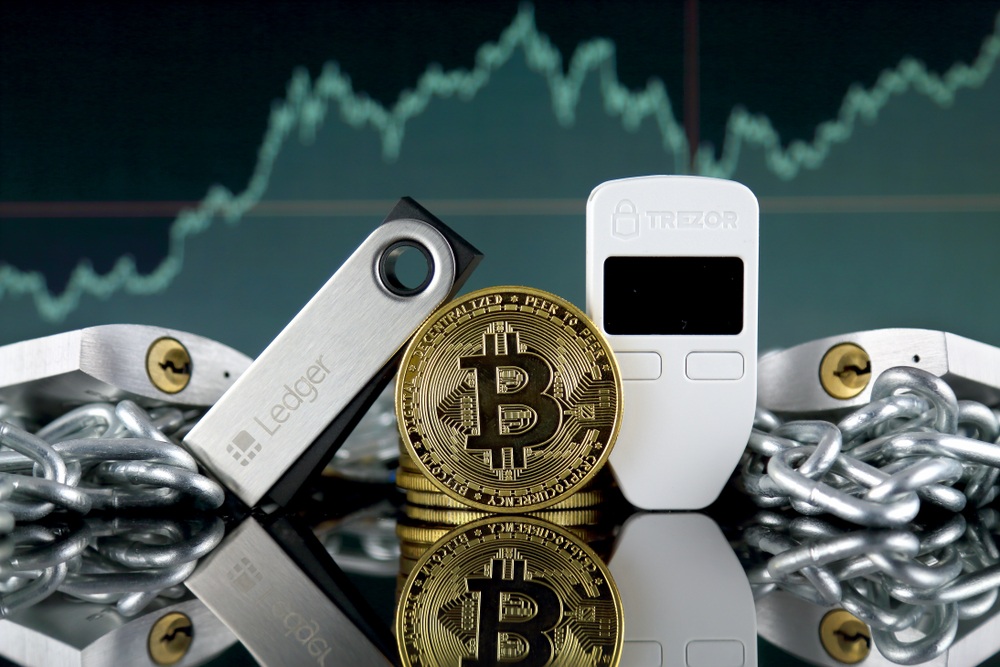
Imagine a vault that’s always secure, keeping your treasured assets safe from any thief. That’s what a hardware wallet offers for your cryptocurrency. They’re often termed the Fort Knox of crypto storage, and for good reason. Let’s see why they stand out.
How They Work
Hardware wallets store your private keys offline, making them immune to online threats like phishing attacks or malware. Here’s a simple breakdown:
- Isolation: Your keys aren’t exposed to your computer or the internet.
- Verification: Transactions are verified on the device, adding another layer of security.
- Backup: They come with recovery phrases so you can retrieve your funds if the device is lost or damaged.
It’s like having a safe deposit box that hackers can’t touch. According to a study by the University of California, this method drastically reduces the risk of theft compared to software wallets.
Popular Options
Now, let’s talk about some well-regarded hardware wallets:
- Ledger: Known for its robust security features, it supports a vast array of cryptocurrencies and is user-friendly.
- Trezor: Trezor is another popular option, offering excellent security and easy integration with other wallet services.
Both options have their supporters, but what’s crucial is they keep your keys away from the internet, safeguarding your assets.
Pros and Cons
While hardware wallets are highly recommended, they’re not perfect. Here’s a quick look at their advantages and disadvantages:
- Pros:
- Maximum security since keys are offline.
- Easy backup and recovery options.
- Compatibility with multiple types of crypto.
- Cons:
- Initial cost can be higher than other wallet types.
- Physical damage or loss can be an issue, though recovery phrases mitigate this risk.
- Not as convenient for frequent transactions.
“An ounce of prevention is worth a pound of cure.” – Benjamin Franklin
Hardware wallets might seem complex initially, but the peace of mind they offer is unparalleled. Ever wondered how you can set up one of these bad boys? Keep reading to find out the simple steps to get your hardware wallet up and running smoothly.
Setting Up Your Hardware Wallet
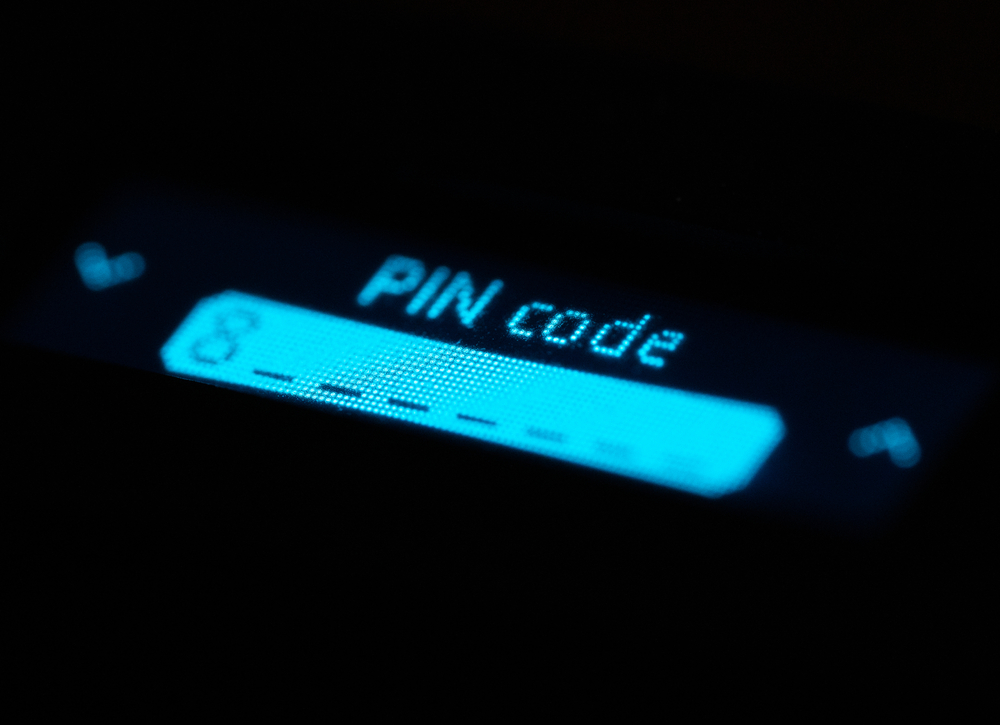
So you’ve decided that a hardware wallet is the way to keep your cryptocurrency safe. Great choice! These small devices can make a big difference in protecting your digital wealth. But setting it up correctly is crucial. Let’s ensure you get it right from the start.
Initial Setup Steps
Getting started with a hardware wallet like Ledger or Trezor is straightforward but requires attention to detail. Here’s a step-by-step guide:
- Unbox and Inspect: Before you do anything, check the packaging for tampering. This is a critical first step to ensure your device hasn’t been compromised.
- Download Official Software: Go to the official website of your wallet manufacturer and download the necessary software. Avoid third-party links to prevent malware risks.
- Connect Your Wallet: Plug in your device to your computer or phone using the provided cable. Follow the on-screen instructions to initiate the setup.
- Create a New Wallet: Most hardware wallets will give you the option to create a new wallet. During this process, you’ll be asked to set a PIN. Choose a PIN that’s easy to remember but hard to guess.
- Backup Recovery Phrase: This is probably the most crucial step. Your wallet will generate a 24-word recovery phrase. Write it down on paper and store it somewhere safe. This phrase is your lifeline if you ever lose access to your device.
Securing Your Wallet
Setting up your hardware wallet isn’t just about initial steps. It’s like securing a fortress; you must be vigilant. Here are some tips to keep your wallet secure:
- Strong Passwords: Apart from the PIN, use strong and unique passwords for your wallet’s associated accounts. A mixture of letters, numbers, and symbols is generally a good practice.
- Avoid Phishing Attempts: Be wary of phishing attacks. Always verify the source before entering any personal information online. If you get an email asking for your recovery phrase, it’s a scam. *Don’t fall for it!*
- Secure Recovery Phrase: Never store your recovery phrase on digital devices. Paper works best for this. Some even opt for engraving it on a metal plate for extreme security.
Regular Maintenance
Think of your hardware wallet like a software program; it needs periodic updates to stay secure. Here’s how to keep it in top shape:
- Firmware Updates: Manufacturers like Ledger and Trezor regularly release firmware updates. These updates often include critical security patches. Always keep your device updated.
- Physical Security: Treat your hardware wallet like a valuable asset. Store it in a safe or a hidden, secure location when not in use.
- Regular Checks: Periodically check for any signs of tampering and verify the integrity of your recovery phrase. Ensuring everything is in order can give you peace of mind.
“The price of freedom is eternal vigilance.” – Thomas Jefferson
While setting up a hardware wallet might feel like a cumbersome task, remember that these steps are your first line of defense against potential threats. It’s all about making sure your hard-earned crypto stays secure.
Have you ever wondered about the best way to store your assets if you plan to hold them for the long run? Stay tuned, as we’ll explore cold storage and why it might just be the ultimate solution for long-term holders.
Cold Storage: The Ultimate Solution for Long-term Holding
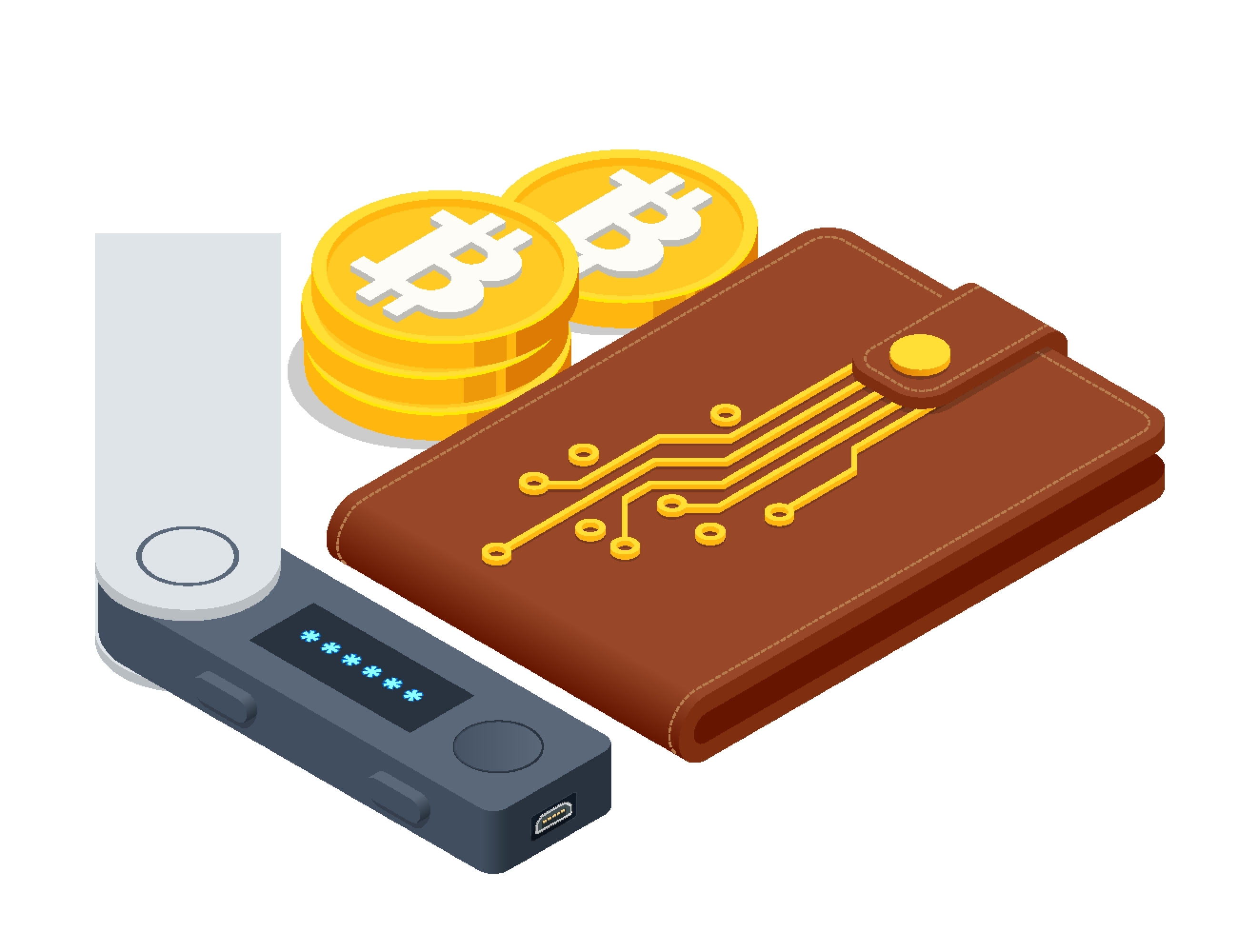
Are you planning to hold your cryptocurrencies for years? If yes, cold storage might be your best friend. When your goal is to set and forget, nothing beats the security of keeping your assets offline.
What is Cold Storage?
Cold storage refers to keeping your cryptocurrencies completely offline. This means your private keys are stored in a place that cannot be accessed by hackers through the internet. Think of it like a safe locked away in a hidden vault.
Here are some cold storage methods:
- Hardware Wallets: Devices like Ledger or Trezor that keep your keys offline.
- Paper Wallets: A printed piece of paper containing your private key and public address.
- Air-Gapped Computers: A computer that has never been connected to the internet, used exclusively for generating and storing keys.
Benefits of Cold Storage
The primary benefit of cold storage is security. By keeping your private keys offline, you’re significantly minimizing the risk of online threats. Here’s why cold storage might be the best option for long-term security:
- Immune to Hacks: Offline means no online attack can reach your assets. Remember the infamous Mt. Gox hack? More than $450 million worth of Bitcoin was stolen because they were stored online!
- Protection from Malware: With your keys in cold storage, malware or spyware lurking on your device can’t touch your investments.
- Peace of Mind: Knowing your assets are stored safely away from the cyber-wild provides a sense of relief.
“The great thing about cold storage is you can take a deep breath, knowing your digital fortune is barricaded away from the bad actors of the internet.”
Setting Up Cold Storage
Ready to take the plunge into cold storage? Great! Let’s walk through the steps:
- Choose Your Method: Decide between hardware wallets, paper wallets, or an air-gapped computer. Each has its benefits and setup requirements.
- Generate a Private Key: Use a secure and reputable method to generate your private key. For paper wallets, websites like bitaddress.org can securely help with this.
- Store It Safely: Once you have your private key, store it in a secure location. If it’s on paper, think of a safe deposit box or a secure safe at home. For hardware wallets, follow the manufacturer’s instructions to keep it stored securely.
- Back Up Your Key: Always have a backup of your private key in case the original is lost or damaged. Just make sure the backup is also stored securely.
Cold storage can feel like locking away a treasure chest. However, it’s essential to set it up correctly and keep backups in place. An improperly stored key or lack of backup can mean losing access to your crypto forever.
Curious about balancing ease of use with top-notch security? Wondering if there’s a way to combine both hot and cold storage for maximum safety and convenience? Keep reading and let’s explore the best strategies to keep your assets safe while also being accessible!
Combining Strategies for Maximum Security

When it comes to securing your digital assets, relying on a single method might not be enough. A well-rounded strategy can provide an added layer of protection and peace of mind. Let’s talk about how combining different storage solutions can help you achieve maximum security for your cryptocurrencies.
Hot and Cold Wallets Combo
The combination of hot and cold wallets is an effective way to manage both accessibility and security. Hot wallets allow for quick access and transactions, making them ideal for daily use or trading. Cold wallets, like hardware wallets or paper wallets, focus on long-term storage with enhanced security.
For instance, you might keep a small portion of your crypto in a hot wallet for regular transactions and the majority in a cold wallet for safekeeping. This way, you won’t have to worry about losing all your assets if your hot wallet is compromised.
Backup Strategies
Having multiple backups is essential to safeguarding your cryptocurrency. It’s not just about having one set of keys saved somewhere safe; think of redundant backups stored in different locations.
- Physical Backups: Write down your recovery phrases and store them in multiple secure locations.
- Digital Backups: Use encrypted USB drives or secure cloud storage (with caution).
Having multiple backups can significantly decrease the likelihood of losing your assets due to physical damage, loss, or theft.
Using Exchange Wallets Cautiously
While exchange wallets (like those from Binance or Coinbase) offer convenience, they should not be solely relied upon for long-term storage. There have been instances where exchanges were hacked, leading to considerable user losses. However, using an exchange wallet for short-term storage or quick trades is perfectly acceptable, as long as you understand the risks involved.
If you frequently trade, consider transferring your assets to a more secure wallet after your trading session. This way, you take advantage of the exchange’s functionalities without putting your assets at unnecessary risk.
Are you eager to know the final steps to secure your digital assets? Don’t miss the upcoming part where I’ll bring everything together and guide you through the final thoughts on ensuring your crypto remains secure. Stay tuned!
Final Thoughts on Securing Your Crypto

Wow, what a journey we’ve been on together! If you’ve followed along, you’re now well-equipped to secure your digital assets like a pro. Let’s bring everything together and get you fully prepared to protect your valuable cryptocurrency.
Time to Secure Your Assets
No more procrastinating. Now’s the time to apply what you’ve learned to safeguard your crypto. Whether it’s setting up a hardware wallet, opting for cold storage, or combining strategies for maximum security, take action today. Don’t wait for a cyber threat to make you wish you’d done it sooner.
Continued Vigilance
Remember, crypto security isn’t a one-time task—it’s an ongoing commitment. Regularly update your wallets and stay informed about the latest security threats and solutions. Cybercriminals are evolving, and so should your defense mechanisms.
Did you know that a study from Chainalysis found that in 2022, over $3 billion worth of crypto was stolen from exchanges and DeFi platforms? That’s a massive amount, and it underscores why continual vigilance is crucial. Always keep your software updated and passwords strong!
Your Security Journey
Your path to secure crypto storage is just beginning. Think of it as an ongoing journey rather than a destination. Stay curious, stay informed, and most importantly, stay proactive. Join communities, participate in forums, and share your knowledge. The crypto world evolves rapidly, and so should your strategies for keeping your assets safe.
If you have any questions or want to share your experiences, don’t hesitate to reach out. ? Let’s keep our digital assets safe together!
For more detailed guides and reviews on the best crypto storage solutions, be sure to check out our other posts on CryptoLinks News.
